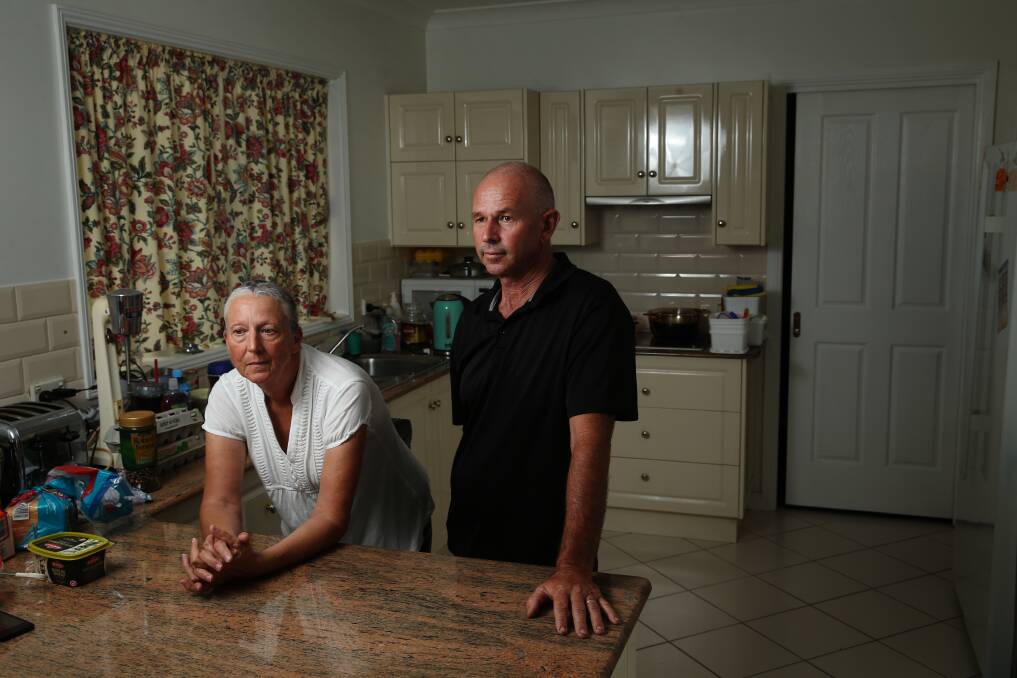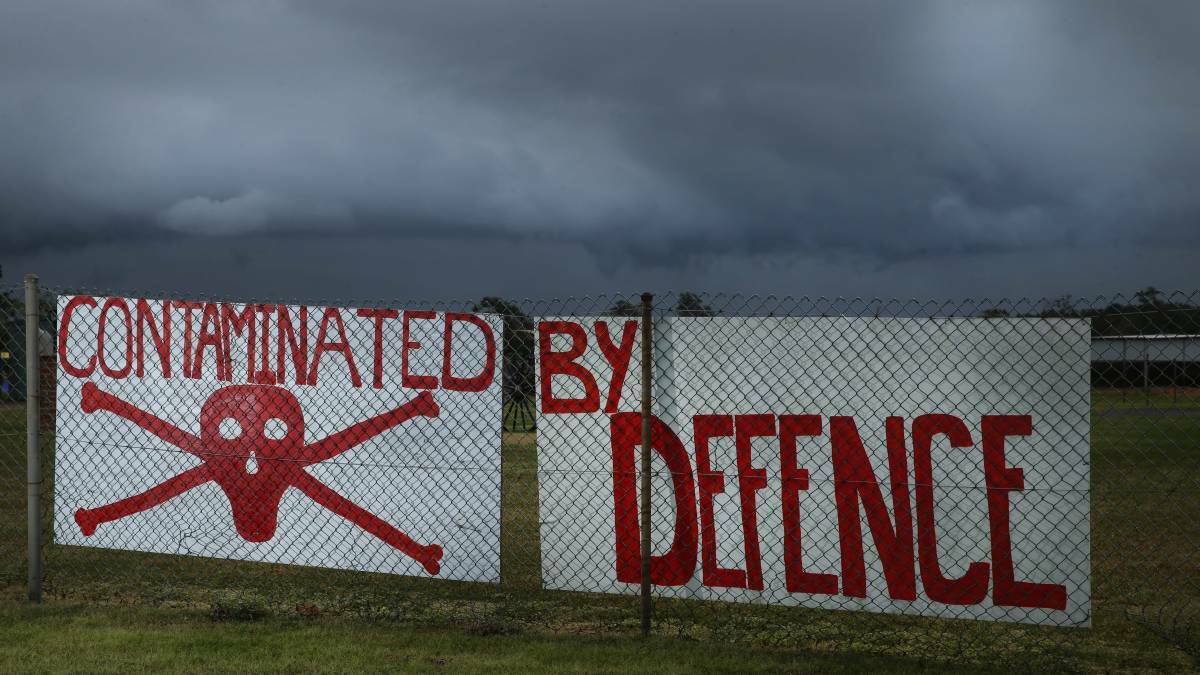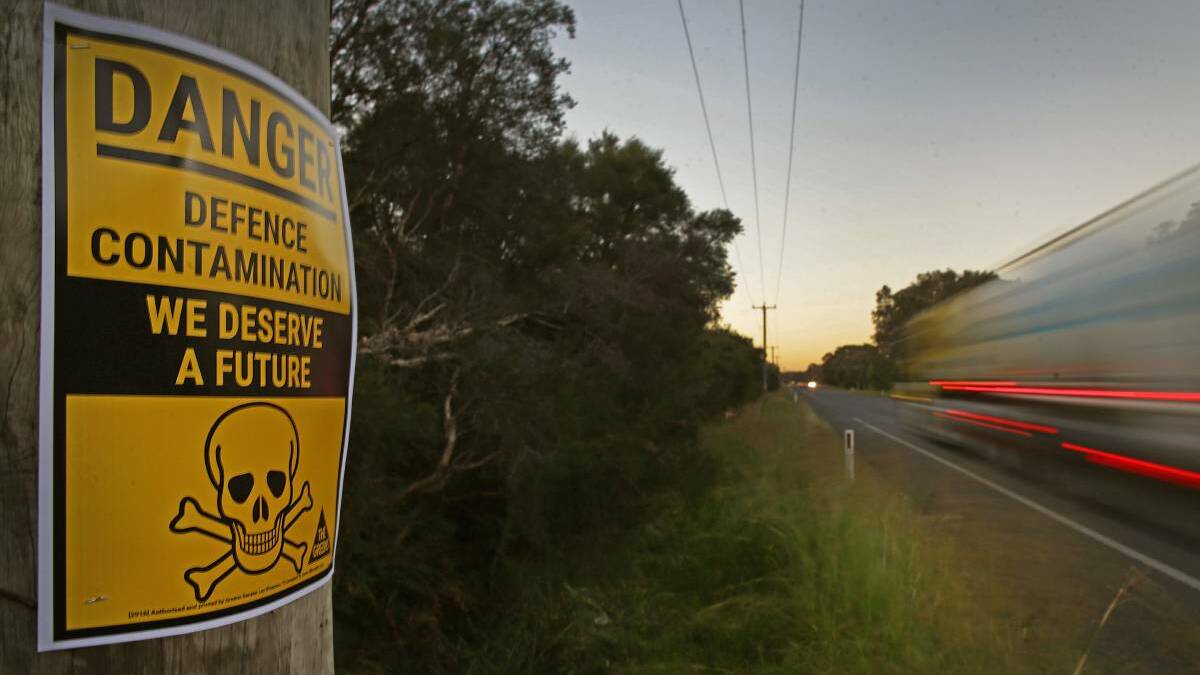
Two NSW government departments have distanced themselves from the significance of PFAS blood test results despite mounting overseas evidence of the link between exposure and serious illness.
Subscribe now for unlimited access.
$0/
(min cost $0)
or signup to continue reading
Senior representatives from the Department of Planning and the NSW Environment Protection Authority told a Budget Estimates hearing on Thursday that they had been advised that blood testing for PFAS was of little value.
"We take advice from the Ministry of Health and they have told us there is no link between a concentration in your blood and any particular health outcome," the EPA's executive director of hazardous incidents and environmental health Stephen Beaman said.
"So getting a number from a blood test is meaningless."
Dozens of residents living and working in the Red Zone have participated in a federal government funded blood testing program in recent years to determine their level of exposure.
Asked why the federal government would have encouraged participation in the program, which has now ceased, Mr Beaman responded:
"You would have to ask the Commonwealth"

The comments have infuriated Red Zone residents, many of whom have elevated PFAS blood test results combined with serious illness.
"I'm trying to get my head around how they can come to that position [on blood testing for PFAS]. Blood testing provides an important starting point for further investigation into other health impacts," Williamtown Resident Terry Robinson said.
"The general feeling in the community is that the government is just throwing us to the wolves," he said.
Coalition Against PFAS spokesman Lindsay Clout said blood testing was a fundamental tool for identifying exposure risk, particularly in vulnerable people.
"The government's advice is just semantics. The truth is levels are going up and governments are sh...ting themselves," he said.
"Overseas studies have shown that elevated levels indicate a greater risk of poor health outcomes."
A NSW Health spokeswoman said the National Expert Health Panel for PFAS reviewed the scientific evidence around the health effects of PFAS in 2018. The panel concluded there is mostly limited or no evidence for any link with human disease from these observed differences.
"Importantly, there is no current evidence that supports a large impact on a person's health as a result of high levels of PFAS exposure," the spokeswoman said.
"However, the panel noted that even though the evidence for PFAS exposure and links to health effects is very weak and inconsistent, important health effects for individuals exposed to PFAS cannot be ruled out based on the current evidence."
As a precaution, NSW Health recommends that exposure to PFAS be minimised wherever possible.
"This precautionary advice takes into account the uncertainties in the current scientific evidence and the ability of these chemicals to persist in humans and the environment," the spokeswoman said.
NSW Health supports the NSW EPA in providing information to local residents to assist them to minimise their potential exposure.

But Port Stephens MP Kate Washington said the state and federal governments dismissal of blood testing for PFAS was more evidence that Red Zone residents and affected communities were being abandoned.
"Hundreds of red zone residents suffering through this contamination have relied on blood tests to understand their exposure, and the results have been shocking," she said.
"Residents have received so little support from either level of government and securing blood tests was one small gain that they've made. The cruel inconsistencies and inaccuracies being promoted by the government are causing real harm."
"On every count, it seems these residents are being abandoned."


